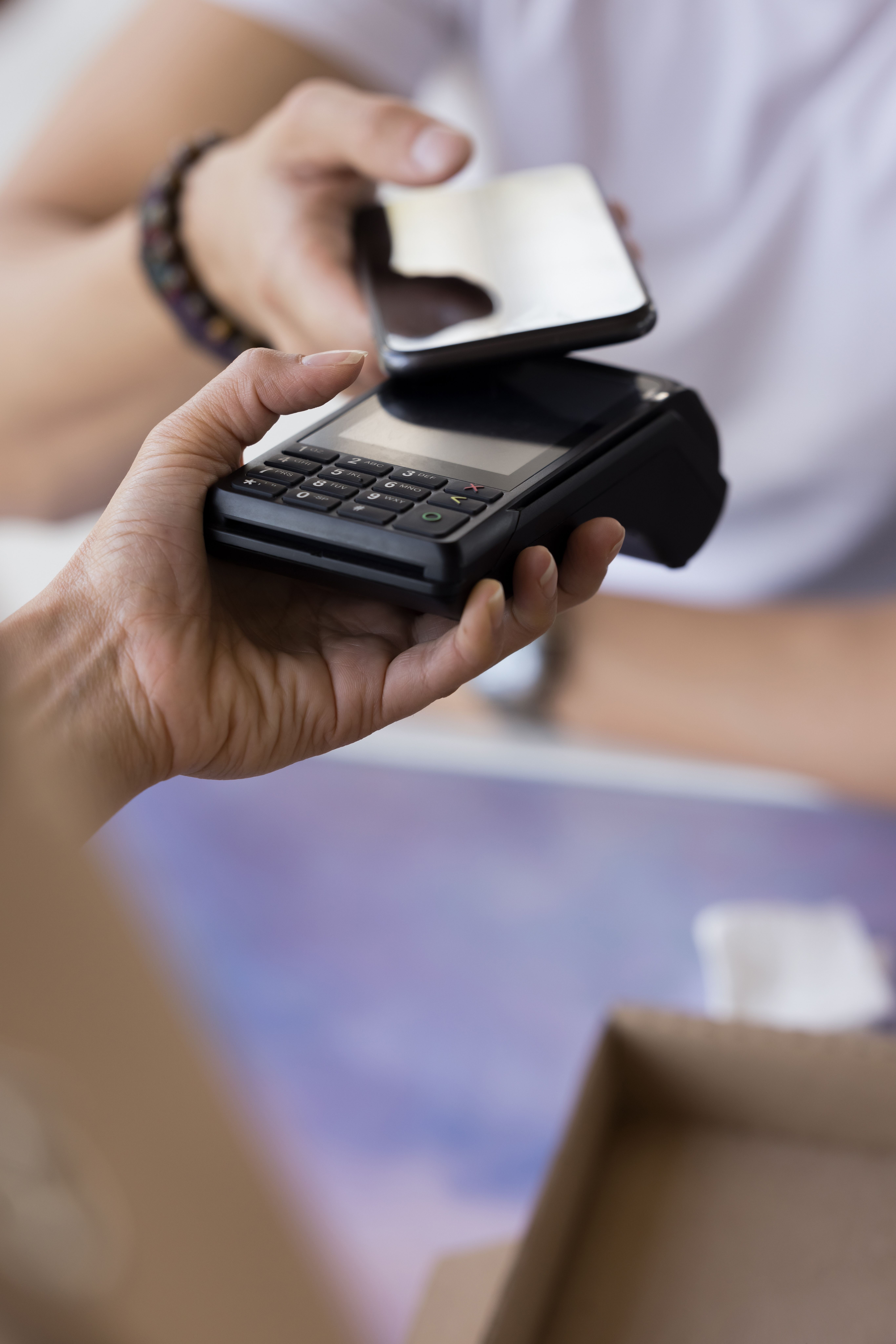
Papel Blog /
Contactless Payment Technologies: QR Codes, NFC, and RFID

Contactless Payment Technologies: QR Codes, NFC, and RFID
The history of money as a 'medium of Exchange' predates the history of writing.
5 min read
Last Updated: Ağu 2, 2024

Table of contents
What is Contactless Payment?
How Do Contactless Payment Technologies Work?
Receive Payments Using QR Code or NFC
For this reason, we try to understand its historical role as a 'store of value' or a medium of exchange through 'data-driven logical predictions.' As our civilization has evolved, so has our definition of money—from pebbles to precious metals, from banknotes to electronic money composed of zeros and ones. Merchants and businesses have always been at the forefront of this change.

What is Contactless Payment?
How Do Contactless Payment Technologies Work?
RFID (Radio Frequency Identification)
NFC (Near Field Communication)

QR Code (Quick Response Code)
Receive Payments Using QR Code or NFC



